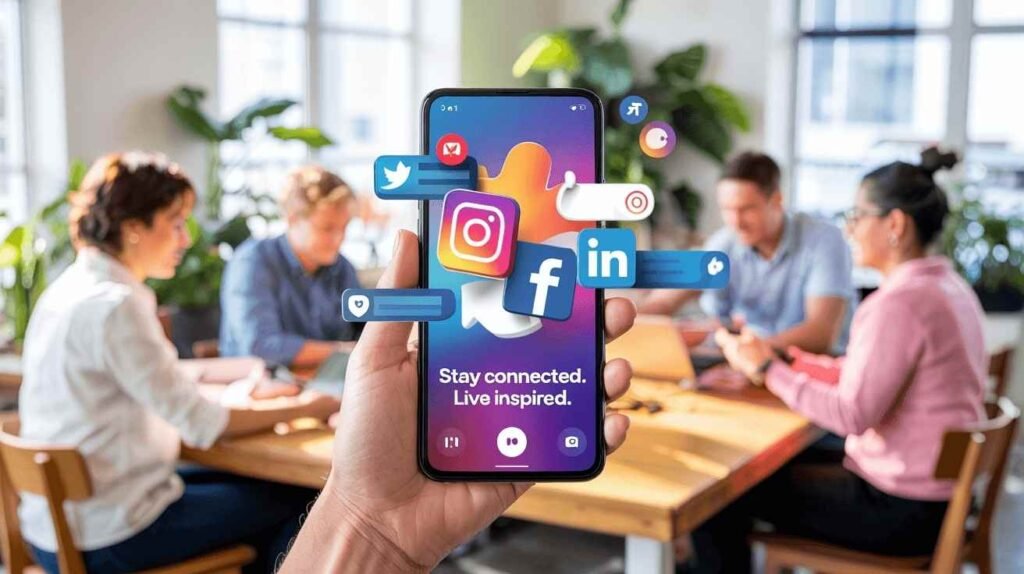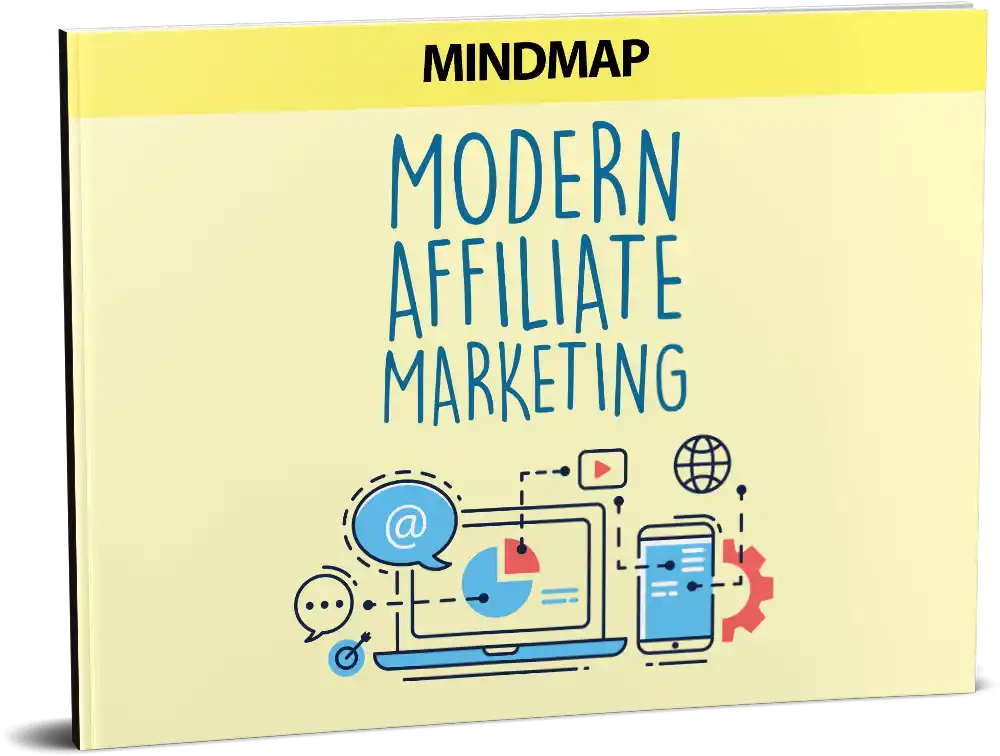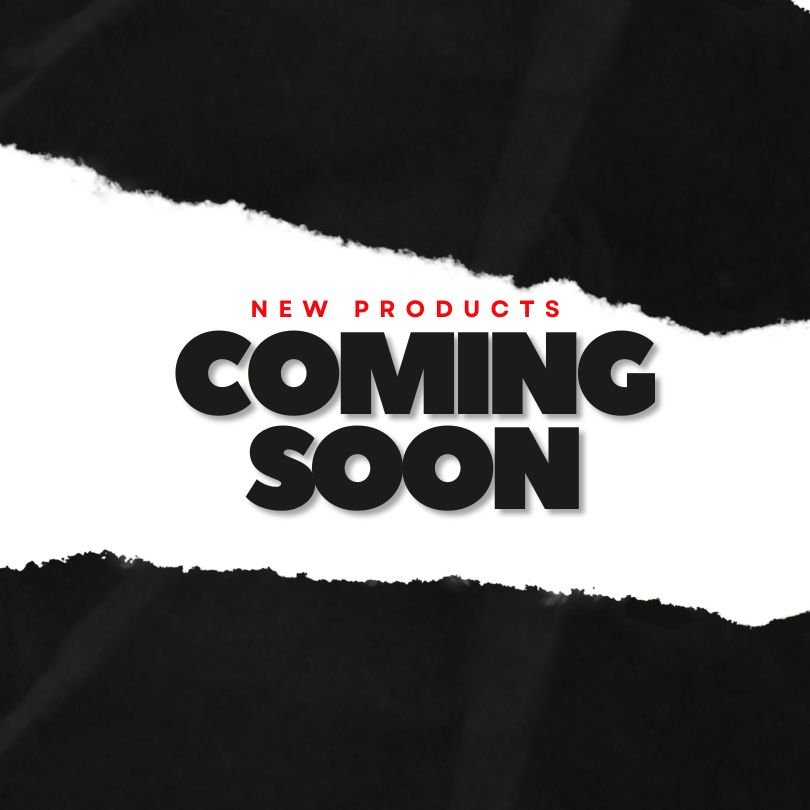
OK, let’s be honest – I’ve been working in digital marketing for over a decade now, and I still sometimes feel like I’m barely keeping up! Whether you’re just dipping your toes into this wild world or looking to boost your existing knowledge, this guide will break down the essentials without the jargon overload.
What Is Digital Marketing, Really?
Digital marketing is pretty much everything marketing-ish that happens online. It’s how businesses connect with people through channels like search engines, social media, email, websites, and apps.
The stark difference from old-school marketing (remember those massive highway billboards or magazine ads?) is that digital lets you get super specific about who sees your message. Plus, you can track what’s working – or bombing spectacularly – and pivot on a dime.
Why Digital Marketing Matters in 2025
I was chatting with my neighbor last weekend – she runs a small pottery shop and was convinced she didn’t need to “do digital.” Then I showed her that her potential customers spend almost 7 hours online daily. Her mind = blown.
Some stats that made me sit up straight when I first saw them:
- About 93% of online experiences kick off with a search engine
- Nearly 3/4 of consumers stalk companies online before buying anything
- For every buck spent on email marketing, businesses typically see $42 return
- Most of us (74%) check social media before making purchase decisions
Not just numbers to impress your boss – these represent real opportunities to connect with actual humans who might want what you’re selling.
The Main Digital Marketing Channels (That Actually Work)
1. Search Engine Optimization (SEO)
SEO is the art and science of getting your website to show up when people google stuff related to your business. It’s kinda like trying to get the best spot at a farmers’ market – the closer to the entrance, the better.
What SEO Actually Involves:
- Figuring out what people are searching for (keyword research)
- Creating content that actually helps people
- Making sure your website doesn’t take forever to load
- Getting other reputable sites to link to yours
- Helping local customers find you
I worked with this tiny bakery in Brooklyn last year that was struggling to get foot traffic. After tweaking their local SEO strategy to highlight their ridiculous cronuts (seriously, life-changing), their weekend walk-ins jumped by like 40%. The owner still sends me free pastries. Not complaining!
2. Content Marketing
Content marketing means creating stuff that’s actually useful or entertaining for your audience rather than just shouting “BUY MY THING!” It’s playing the long game – build trust first, sell later.
Content That People Actually Want:
- Blog posts that solve real problems
- Videos that don’t make you want to claw your eyes out
- Podcasts for commute entertainment
- Infographics that make complex stuff simple
- Guides that people bookmark and reference
Met this financial advisor in London at a conference who was super frustrated with his marketing. Together we developed a content strategy focused on explaining UK pension rules in plain English. His email list went from crickets to 15,000+ subscribers. Last I heard, he had to hire three more advisors to handle all the new clients!
3. Social Media Marketing
Social media… love it or hate it, your customers are there. Each platform has its own vibe, and what works on Instagram will probably fall flat on LinkedIn.
Social Media Done Right:
- Posting stuff people actually want to see (not just promotional garbage)
- Building a community of people who dig what you do
- Partnering with folks who already have the audience you want
- Strategic paid promotion when organic isn’t cutting it
- Actually listening and responding (shocker, I know)
There’s this Chicago boutique I follow that’s absolutely crushing it on Instagram. The owner doesn’t have a huge marketing budget, but she’s consistent about showcasing her sustainable clothing in real-life situations. Her captions read like texts from a stylish friend. She told me sales jumped over 200% since focusing on authentic content rather than staged photoshoots.
4. Email Marketing
Email’s the old faithful of digital marketing. People have been predicting its death for years, but my inbox (and yours too, I bet) says otherwise. When done right, email marketing is still a goldmine.
Making Email Not Suck:
- Segmenting your list so people get relevant stuff
- Setting up automated sequences that make sense
- Writing subject lines people actually click (without being clickbaity)
- Making sure it looks decent on mobile (where most emails are read)
- Having a clear next step for readers
Reminds me of this subscription box company I subscribed to in Berlin. Their welcome email sequence was so warm and personalized that I felt like I was getting messages from a friend. I asked them about it when I met their team at a tradeshow, and they said their conversion rate jumped by a third after revamping those first few touchpoints. Smart!
5. Pay-Per-Click (PPC) Advertising
PPC is when you pay each time someone clicks your ad. Google Ads is the big kahuna here, but social platforms have their own versions too.
PPC Essentials:
- Researching which keywords are worth bidding on
- Writing ads that don’t sound like they were written by a robot
- Making sure your landing page delivers what the ad promised
- Managing your budget so you don’t blow it all in one day
- Tracking what happens AFTER the click
Had drinks with a friend who launched a tech startup in Boston last year. She was skeptical about Google Ads but decided to give it a shot with a small budget. Within two weeks, they had over 100 qualified leads in their pipeline, and their cost per acquisition was way below industry average. She’s now a convert.
How to Create a Digital Marketing Strategy That Doesn’t Suck

Let’s be real – throwing spaghetti at the wall and seeing what sticks isn’t a strategy. Here’s my framework after years of trial and error:
1. Get Clear on What You Actually Want
What are you trying to accomplish? Common goals include:
- Getting more eyeballs on your brand
- Collecting quality leads that might actually buy something
- Driving more sales (duh)
- Keeping the customers you already have
- Becoming the go-to expert in your niche
Whatever you choose, make it specific enough that you’ll know if you’ve hit it. “More Instagram followers” is vague. “500 new followers in our target demographic by Q3” gives you something concrete to aim for.
2. Figure Out Who You’re Talking To
I once worked with a client who insisted their target audience was “everyone with a pulse.” Spoiler alert: their campaign flopped.
Get specific about:
- Who these people are (age, location, income, etc.)
- What keeps them up at night
- What they’re trying to achieve
- Where they hang out online
- What might stop them from buying
The more clearly you can picture this person, the more effectively you can speak to them.
3. Pick Your Battles (Channels)
You don’t need to be everywhere. Seriously. A mediocre presence on six platforms is worse than a stellar strategy on two.
I’ve seen B2B software companies waste months on TikTok when their entire audience was on LinkedIn. And fashion brands pouring resources into Twitter when their visual products would shine on Instagram or Pinterest.
Pick channels based on where your people actually hang out, not just what’s trendy.
4. Create Content That Doesn’t Make People Roll Their Eyes
Your content needs to:
- Actually solve a problem or fulfill a desire
- Sound like it was written by a human being
- Include relevant keywords (but not be stuffed with them)
- Guide people toward a logical next step
- Fit the platform it’s on (LinkedIn isn’t Instagram isn’t TikTok)
5. Track, Learn, Adjust, Repeat
The beauty of digital is the feedback loop. You can see what’s working and do more of that.
Pay attention to:
- Traffic patterns to your site
- How many people take the desired action
- Engagement metrics (comments, shares, time on page)
- What it costs you to acquire a customer
- The overall return on what you’re spending
Real Challenges in Digital Marketing (And How Real People Solve Them)
Challenge 1: Standing Out in a Sea of Sameness
Let’s face it – most industries are crowded. How do you get noticed?
Real Solution: Find your unique angle and lean into storytelling. I’ll never forget this San Francisco coffee shop I stumbled upon that documented their direct relationships with Colombian coffee farmers. They shared photos, stories, and even had farmers visit the shop. Their competitors were selling coffee; they were selling a connection to the people behind the beans. Guess which shop always had a line out the door?
Challenge 2: Surviving Algorithm Changes
One day your posts are reaching thousands; the next, they’re seen by your mom and three bots. Algorithm changes are the digital marketer’s nightmare.
Real Solution: Focus on providing genuine value rather than gaming the system. Diversify your channels so you’re not at the mercy of any single platform’s whims. And for heaven’s sake, build your email list – it’s the only channel you actually own.
Challenge 3: Too Many Options, Too Little Time
With so many digital marketing channels and tactics, it’s easy to spread yourself too thin.
Real Solution: I always tell my clients – start with mastering just 2-3 channels where your audience is most active. Get those running well before adding more to your plate. Met a consultant in Manchester who was killing it by focusing exclusively on LinkedIn content and email marketing for the first year of his business. Once those were generating consistent results, he gradually expanded to other channels.
Taking Your Digital Marketing from Meh to Amazing

Ready to level up? Here are some advanced strategies that are working right now:
Automation (But Not the Creepy Kind)
Marketing automation tools can handle the repetitive stuff like scheduling posts or sending email sequences. This frees you up to focus on the creative, strategic work that actually moves the needle.
Just don’t automate everything to the point of losing the human touch. We’ve all gotten those “personalized” messages that are obviously automated. Not a good look.
Video Content (Even If You Hate Being on Camera)
I resisted this for YEARS because I hate seeing myself on video. But the engagement numbers don’t lie – video content consistently outperforms text and images across almost every platform.
And no, you don’t have to dance on TikTok (unless you want to). Tutorials, behind-the-scenes peeks, or simple talking head videos can work wonders. My engagement tripled when I finally got over myself and started doing weekly video tips.
Voice Search Optimization
“Hey Siri, where can I get decent coffee near me?” Sound familiar?
With smart speakers and voice assistants becoming household staples, optimizing for voice search is no longer optional. This means focusing on natural language phrases and questions rather than choppy keyword phrases.
Personalization That Doesn’t Feel Creepy
We all want to feel seen and understood. Smart personalization uses data ethically to deliver content, product recommendations, and offers that actually make sense for the individual.
I’m not talking about the creepy “we’re watching your every move” kind of personalization, but rather the thoughtful kind that makes people think, “Oh, they get me.”
Transform Your Career With Digital Marketing Skills
Understanding these digital marketing fundamentals doesn’t just help businesses—it can completely transform your career prospects. As companies invest more in their online presence, the demand for digital marketing professionals continues to skyrocket.
What if you could leverage these exact skills to find flexible, well-paying online work that fits your lifestyle?
Introducing Live Chat Jobs – the platform that connects you with perfect online job opportunities in the digital space. Whether you’re looking to:
- Work from anywhere with just a laptop and internet connection
- Create a flexible schedule that works around your family commitments
- Earn competitive pay using your digital communication skills
- Start a new career path with growth potential
- Supplement your income with part-time online work
Thousands of people have already found their ideal remote positions through our platform. From complete beginners to experienced professionals, Live Chat Jobs provides the connections and opportunities you need to succeed in today’s digital job market.
Click here to discover your perfect online job opportunity and start your new career path within days, not months.
What type of remote work are you most interested in? Share in the comments below, and I’ll personally respond with tailored recommendations!



